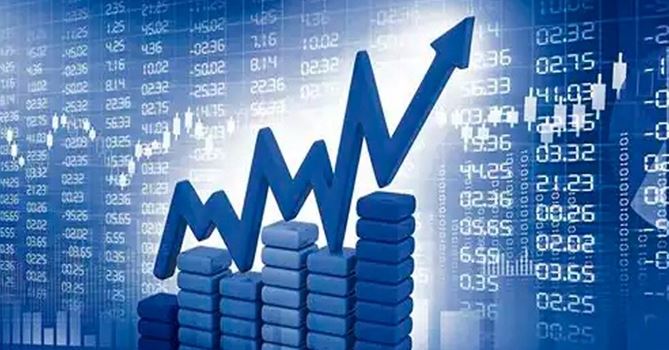India’s economic growth is projected to reach between 7.0% and 7.2% in the fiscal year 2024-25, according to Deloitte India’s latest Economic Outlook. This positive forecast comes despite a recent slowdown, with GDP expanding by 6.7% year-on-year in the April-June quarter, marking the slowest pace in the last five quarters.
The country continues to be among the fastest-growing major economies, driven by favorable domestic conditions. Key factors such as strong manufacturing activity, stable oil prices, and the potential easing of U.S. monetary policy post-elections are expected to attract higher capital inflows and support economic momentum. The Reserve Bank of India (RBI) has also reaffirmed its GDP growth projection of 7.2% for FY25, indicating confidence in the economy’s resilience.
Dr. Rumki Majumdar, economist at Deloitte, highlighted that moderating inflation, record Kharif crop production, increased government spending, and growing investments in manufacturing are crucial drivers of growth.
She said that potential U.S. interest rate cuts could lead to significant capital inflows, spurring long-term investments and job creation as global companies seek to cut operational costs. However, she cautioned that subdued global demand and slow recovery in Western economies could affect India’s export performance in the next fiscal year.
Employment trends show encouraging signs, with the demand for MGNREGA jobs falling below pre-pandemic levels for the first time since the COVID-19 crisis, suggesting that individuals are finding better-paying opportunities. The latest Periodic Labour Force Survey (PLFS) data for 2023-24 indicates recovery in the job market, especially in the construction sector, which saw employment rise from 11.6% in 2019-20 to 12.2% in 2023-24, driven by government infrastructure projects and increased capital expenditure.
Manufacturing also saw improvements, with the production-linked incentive (PLI) schemes helping the sector’s employment share recover to 11.4%. The services sector witnessed growth as well, with its employment share increasing from 28.9% in 2022-23 to 29.7% in 2023-24.
Female labor force participation has surged, rising from 22% in 2017-18 to 40.3% in 2023-24. Rural areas have seen the most significant improvement, with a 22.8 percentage point increase, compared to a 7.8 point rise in urban areas, reflecting enhanced inclusivity and empowerment of women in the workforce.
Despite these gains, challenges persist. A large share of jobs remains in informal sectors like agriculture and construction, characterized by casual and self-employed workers with limited social protection. The emphasis on low-skilled jobs further highlights the need for more formal, high-quality employment to ensure better income distribution.
Looking ahead, India’s focus on clean energy and emerging industries such as semiconductors and electronics is expected to create new employment opportunities. Specialized skills and advanced education will be essential to meet the demand in these sectors, with green jobs likely to expand across energy, agriculture, tourism, and transportation.
Deloitte remains optimistic about India’s economic outlook, driven by factors like a thriving manufacturing sector, stable oil prices, and potential U.S. monetary policy easing. These elements are expected to lower production costs, stimulate investments, and create employment opportunities, positioning India to maintain economic stability even amid global uncertainties.
(Inputs from ANI)




















